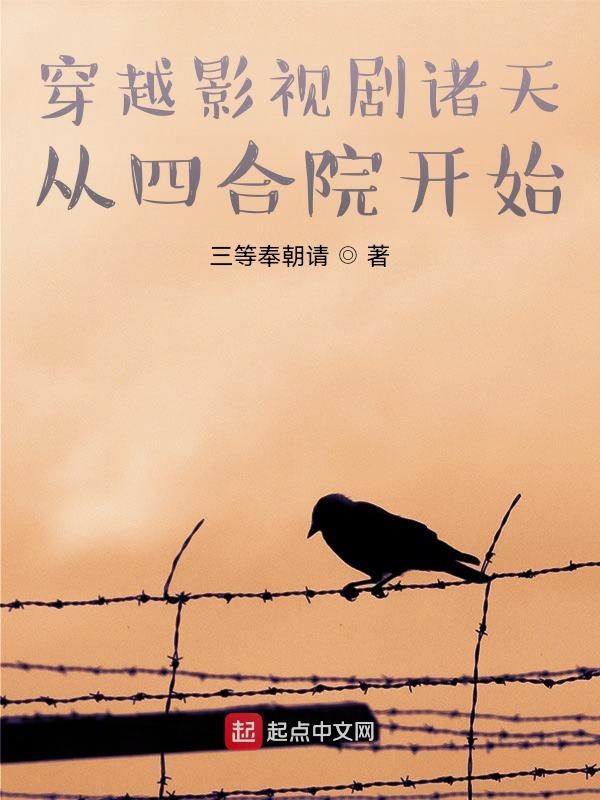艾瑞克·霍布斯鲍姆提示您:看后求收藏(宜小说jmvip3.com),接着再看更方便。
<h4>第一章 18世纪80年代的世界</h4>
[1] Saint-Just, Oeuvres complètes, II, p. 514.
[2] A. Hovelacque, La taille dans un canton ligure. Revue Mensuelle de l’Ecole d’Anthropologie (Paris 1896).
[3] L. Dal Pane, Storia del Lavoro dagli inizi del secolo XVIII al 1815 (1958),p. 135. R. S. Eckers, The North-South Differential in Italian Economic Development, Journal of Economic History, XXI, 1961, p. 290.
[5] H. Sée, Esquisse d’une Histoire du Régime Agraire en Europe au XVIII et XIX siècles (1921), p. 184, J. Blum, Lord and Peasant in Russia (1961), pp. 455—60.
[7] A. Goodwin ed. The European Nobility in the Eighteenth Century (1953), p. 52.
[8] L. B. Namier, 1848, The Revolution of the Intellectuals (1944); J. Vicens Vives, Historia Economica de España (1959).
[9] Sten Carlsson, Stàndssamhälle och stàndspersoner 1700—1865 (1949).
[10] Pierre Lebrun et al., La rivoluzione industrial in Belgio, Studi Storici, II, 3—4, 1961, pp. 564—5.
[11] Like Turgot (Oeuvres V, p. 244): ‘Ceux qui connaissent la marche du commerce savent aussi que toute entreprise importante, de trafic ou d’industrie, exige le concours de deux espèces d’hommes, d’entrepreneurs...et des ouvriers qui travaillent pour Ie compte des premiers, moyennant un salaire convenu. Telle est la véritable origine de la distinction entre les entrepreneurs et les maîtres, et les ouvriers ou compagnons, laquelle est fondé sur la nature des choses.’
<h4>第二章 工业革命</h4>
[1] Arthur Young, Tours in England and Wales, London School of Economics edition, p. 269.
[2] A. de Toqueville, Journeys to England and Ireland, ed. J. P. Mayer (1958), pp. 107—8.
[3] Anna Bezanson, The Early Uses of the Term Industrial Revolution, Quarterly Journal of Economics, XXXVI, 1921—2, p. 343, G. N. Clark, The Idea of the Industrial Revolution (Glasgow 1953).
[4] cf. A. E. Musson & E. Robinson, Science and Industry in the late Eighteenth Century, Economic History Review, XIII. 2, Dec 1960, and R. E. Schofield’s work on the Midland Industrialists and the Lunar Society Isis 47 (March 1956), 48 (1957), Annals of Science II (June 1956) etc.
[6] W.G.Hoffmann, The Growth of Industrial Economics (Manchester 1958), p. 68.
[7] A. P. Wadsworth & J. de L. Mann, The Cotton Trade and Industrial Lancashire (1931), chapter VII.
[8] F.Crouzet, Le Blocus Continental et l’Economic Britannique (1958), p. 63, suggests that in 1805 it was up to two-thirds.
[9] P. K. O’Brien, British Incomes and Property in the early Nineteenth Century, Economic History Review, XII, 2 (1959), p.267.
[11] Baines, History of the Cotton Manufacture in Great Britain (London 1835). p.431.
[12] P. Mathias, The Brewing Industry in England (Cambridge 1959).
[13] M. Mulhall, Dictionary of Statistics (1892), p. 158.
[14] Baines, op. cit., p. 112.
[15] cf. Phyllis Deane, Estimates of the British National Income, Economic History Review (April 1956 and April 1957).
[16] O’Brien, op. cit., p. 267.
[17] For the stationary state cf. J. Schumpeter, History of Economic Analysis (1954), pp. 570—1. The crucial formulation is John Stuart Mill’s (Principles of Political Economy, Book IV, chapter iv): ‘When a country has long possessed a large production, and a large net income to make saving from, and when, therefore, the means have long existed of making a great annual addition to capital; it is one of the characteristics of such a country, that the rate of profit is habitually within, as it were, a hand’s breadth of the minimum, and the country therefore on the very verge of the stationary state... The mere continuance of the present annual increase in capital if no circumstances occurred to counter its effect would suffice in a small number of years to reduce the net rate of profit (to the minimum).’ However, when this was published (1848) the counteracting force-the wave of development induced by the railways-had already shown itself.
[18] By the radical John Wade, History of the Middle and Working Classes, the banker Lord Overstone, Reflections suggested by the perusal of Mr J. Horsley Palmer’s pamphlet on the causes and consequences of the pressure on the Money Market (1837), the Anti-Corn Law campaigner J. Wilson, Fluctuations of Currency, Commerce and Manufacture; referable to the Corn Laws (1840); and in France by A. Blanqui (brother of the famous revolutionary) in 1837 and M. Briaune in 1840. Doubtless also by others.
[19] Baines, op. cit., p. 441. A. Ure & P. L. Simmonds, The Cotton Manufacture of Great Britain (1861 edition),p. 390 ff.
[20] Geo. White, A Treatise on Weaving (Glasgow 1846), p. 272.
[21] M. Blaug, The Productivity of Capital in the Lancashire Cotton Industry during the Nineteenth Century, Economic History Review (April 1961).
[22] Thomas Ellison, The Cotton Trade of Great Britain (London 1886), p. 61.
[23] Baines, op. cit., p. 356.
[24] Baines, op. cit., p. 489.
[25] Ure & Simmonds, op. cit., Vol. I, p.317 ff.
[26] J. H. Clapham, An Economic History of Modern Britain (1926), p. 427 ff.; Mulhall, op. cit. pp. 121, 332, M. Robbins, The Railway Age (1962), p. 30—1.
[28] Mulhall, op. cit. 501, 497.
[29] L. H. Jenks, The Migration of British Capital to 1875 (New York and London 1927), p.126.
[30] D. Spring, The English Landed Estate in the Age of Coal and Iron, Journal of Economic History, (XI, I, 1951)
[32] Albert M. Imlah, British Balance of Payments and Export of Capital,1816—1913,Economic History Review V (1952, 2, p. 24).
[33] John Francis, A History of the English Railway (1851) II, 136; see also H. Tuck, The Railway Shareholder’s Manual (7th edition 1846), Preface, and T. Tooke, History of Prices II, pp. 275, 333—4 for the pressure of accumulated Lancashire surpluses into railways.
[34] Mulhall, op. cit., p. 14.
[35] Annals of Agric. XXXVI, p. 214.
[36] Wilbert Moore, Industrialisation and Labour (Cornell 1951).
[37] Blaug, loc. cit., p. 368. Children under 13, however, declined sharply in the 1830’s.
[39] Mulhall, op. cit.; Imlah, loc. cit., II, 52, pp. 228—9. The precise date of this estimate is 1854.
<h4>第三章 法国大革命</h4>





